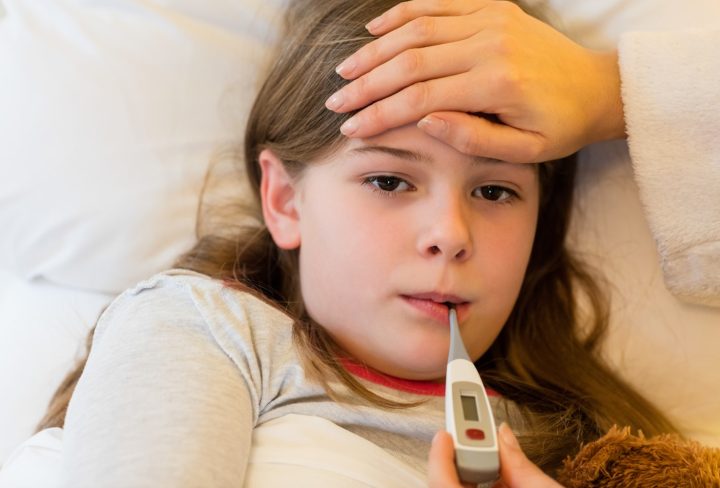Here’s everything you need to know about scarlet fever
Scarlet fever, which is also known as Scarlatina, an Infectious disease caused by Streptococcus Pyrogens, a Group A streptococcus. It is the same bacteria responsible for strep throat. It predominantly affects 5 to 15 years Children, although it can occur in individuals of any age. The main characteristic symptom of scarlet fever is a distinctive rash that gives the skin a reddish appearance, along with fever and sore throat.
Understanding this condition remain crucial for early detection and effective treatment.
Symptoms of Scarlet Fever:
- Sore Throat: The infection typically begins with a sore throat, accompanied by difficulty swallowing.
- Fever: High fever, often above 101°F, is common in individuals with scarlet fever.
- Rash: A red rash that feels like sandpaper develops on the chest and abdomen before spreading to other parts of the body.
- Flushed Face: The cheeks may appear flushed, with a pale area around the mouth.
- Strawberry Tongue: The tongue may develop a characteristic appearance with a white coating and red bumps, resembling a strawberry.
- Other Symptoms such as Headache, nausea, vomiting, abdominal pain, swollen lymph nodes, and body aches may also occur.
Diagnosis and Treatment
- Diagnosis: Scarlet fever is diagnosed based on symptoms, physical examination, and sometimes a throat swab to test for the presence of Streptococcus bacteria.
- Treatment: Antibiotics, such as penicillin are the primary treatment for scarlet fever to eradicate the bacteria and lessen the risk of complications. Supportive care, including rest, fluids, and over-the-counter pain relievers, helps to alleviate symptoms.
Complications:
- Without Proper Medical attention, it can result in complications such as rheumatic fever, kidney inflammation (post-streptococcal glomerulonephritis), and ear infections.
- Timely recognition and intervention are essential to lower the chances of complications and promote a full recovery.
Prevention:
- Practicing good hand hygiene, avoiding close contact with infected individuals, and prompt treatment of strep throat with antibiotics can help prevent the transmission of scarlet fever.
- Vaccination against other diseases, such as influenza, helps reduce the possibility of secondary infections that may lead to scarlet fever.
Consult your doctor for early diagnosis and expert guidance!


